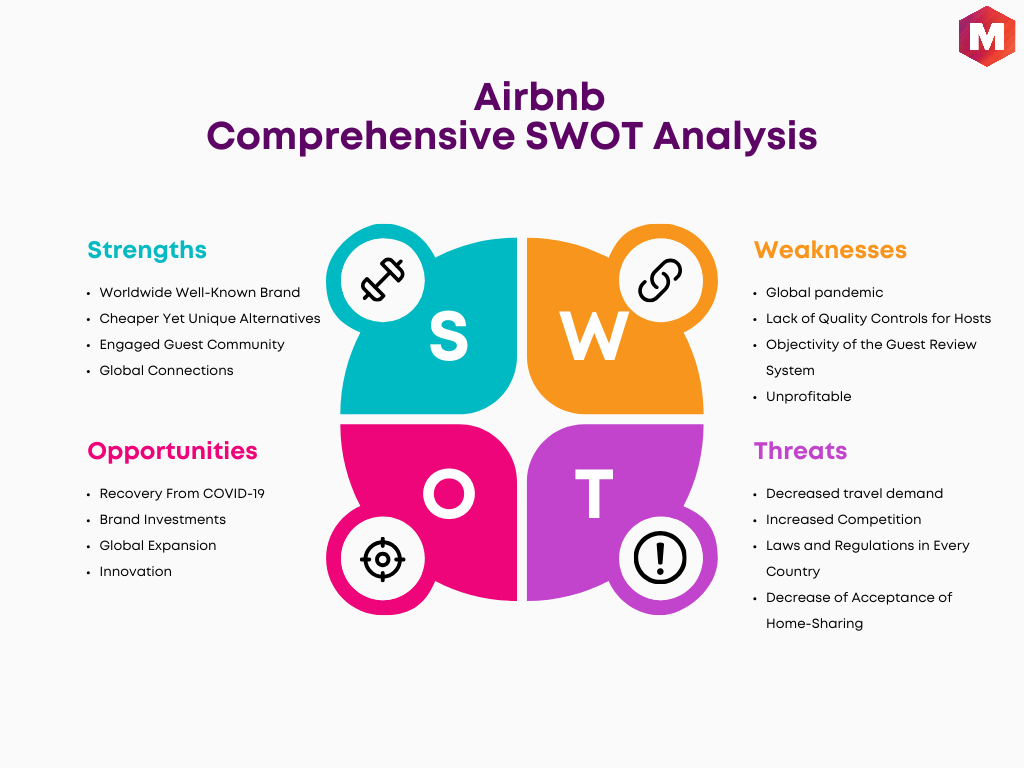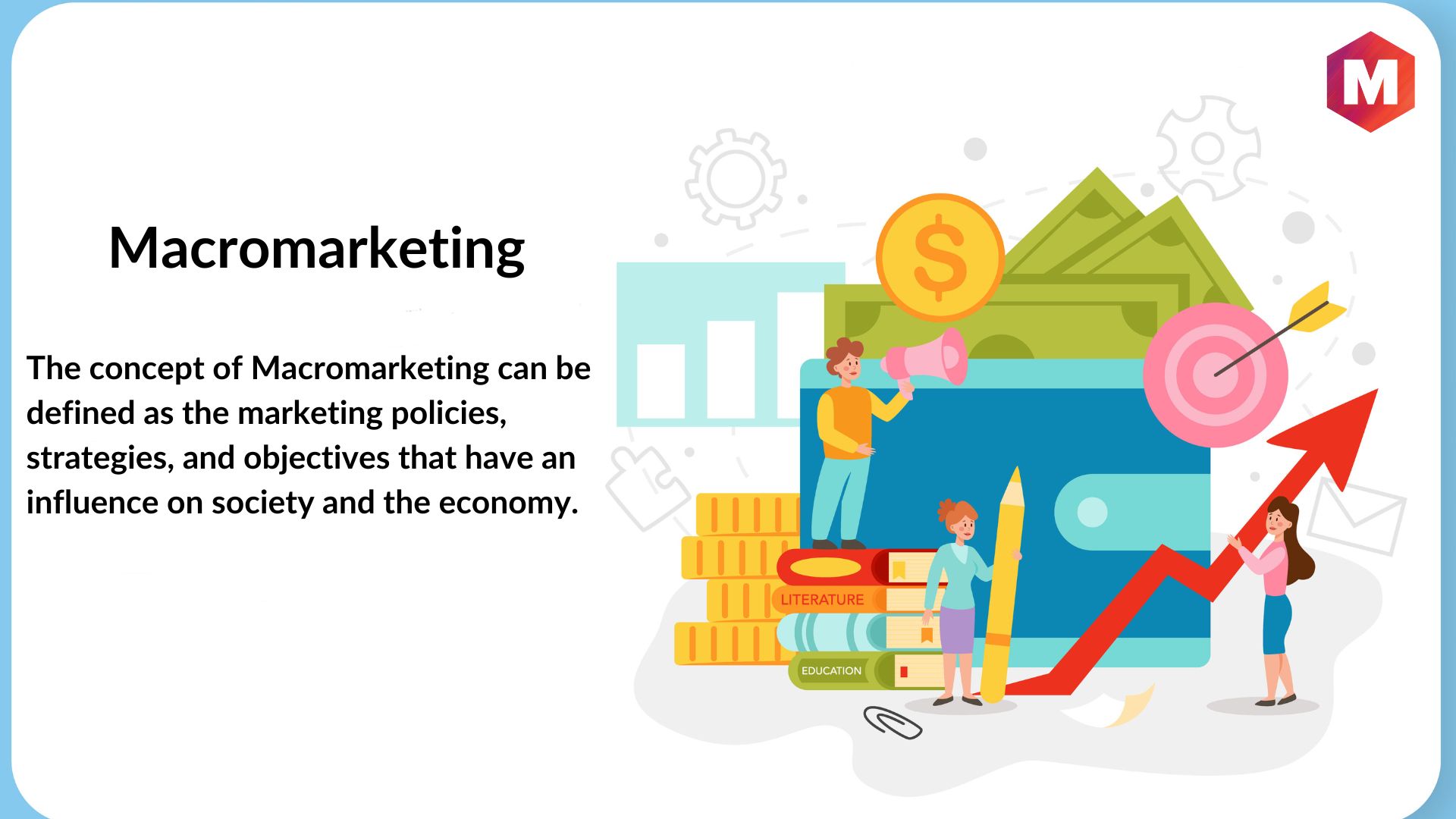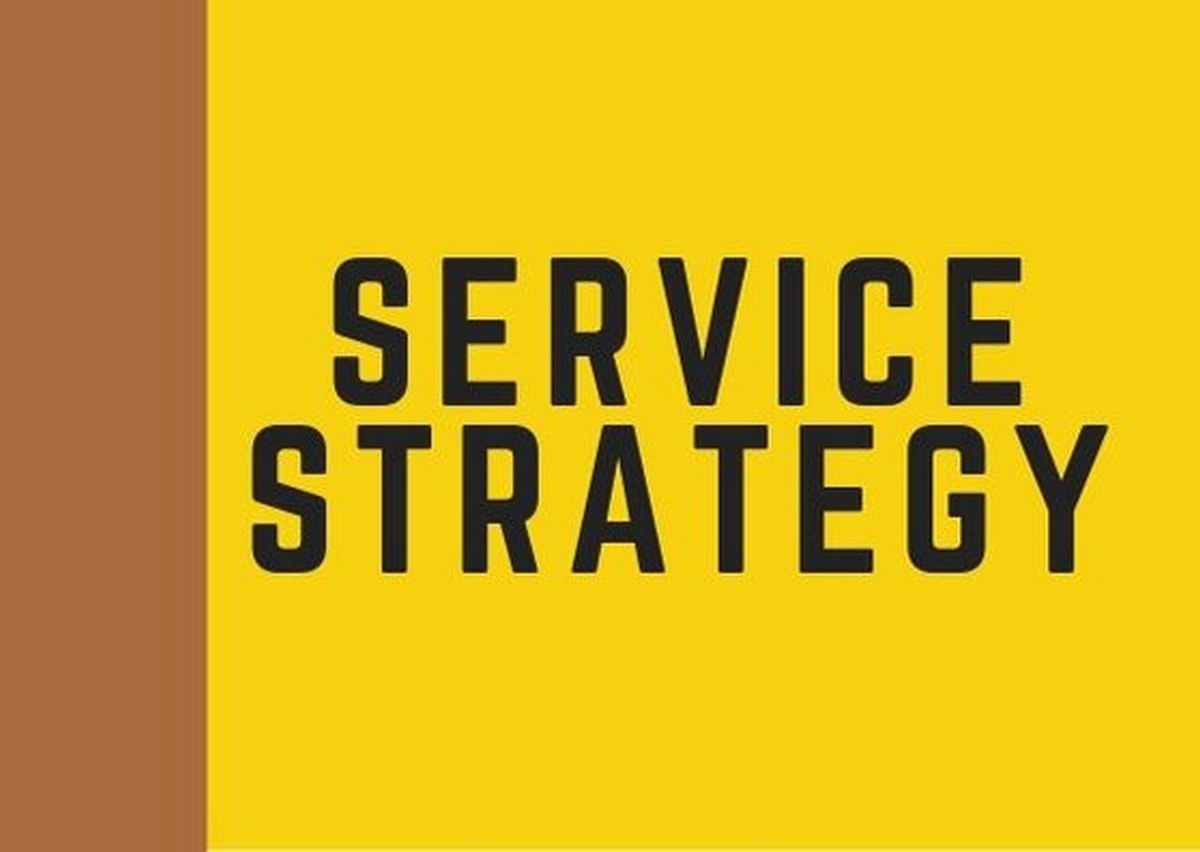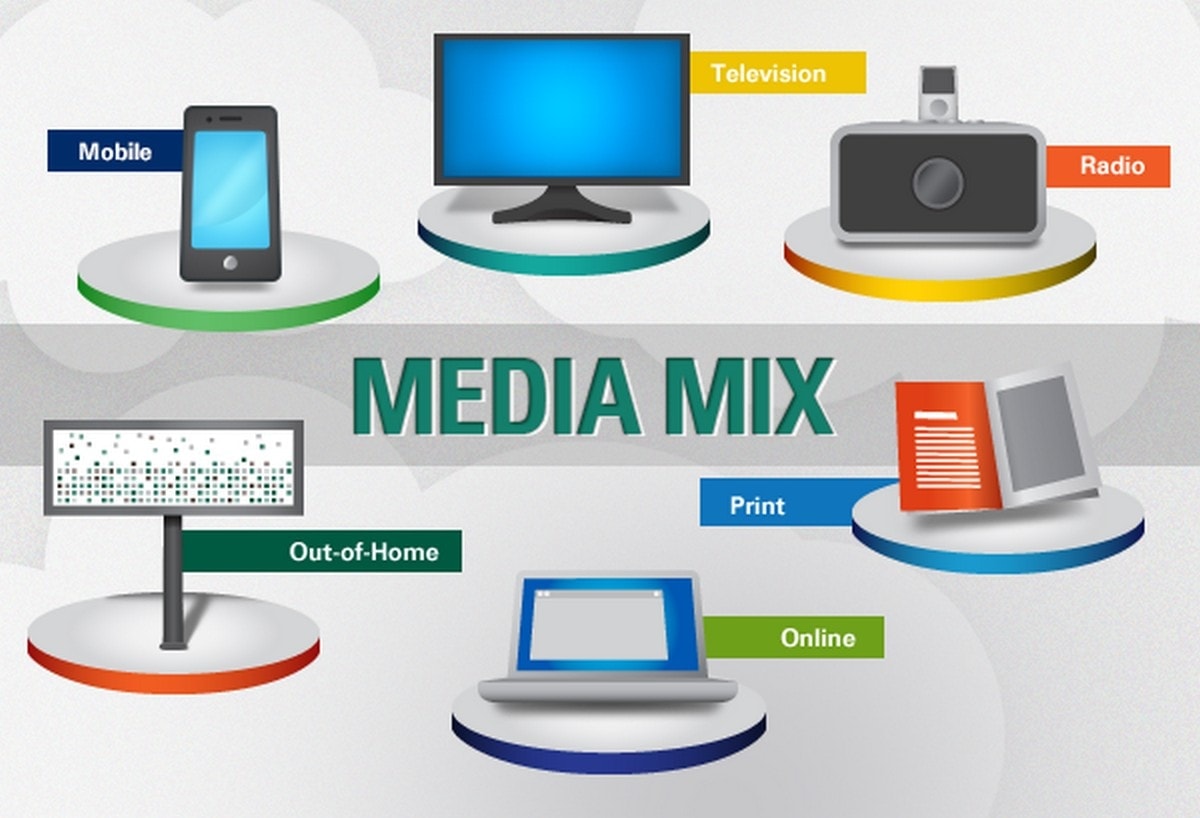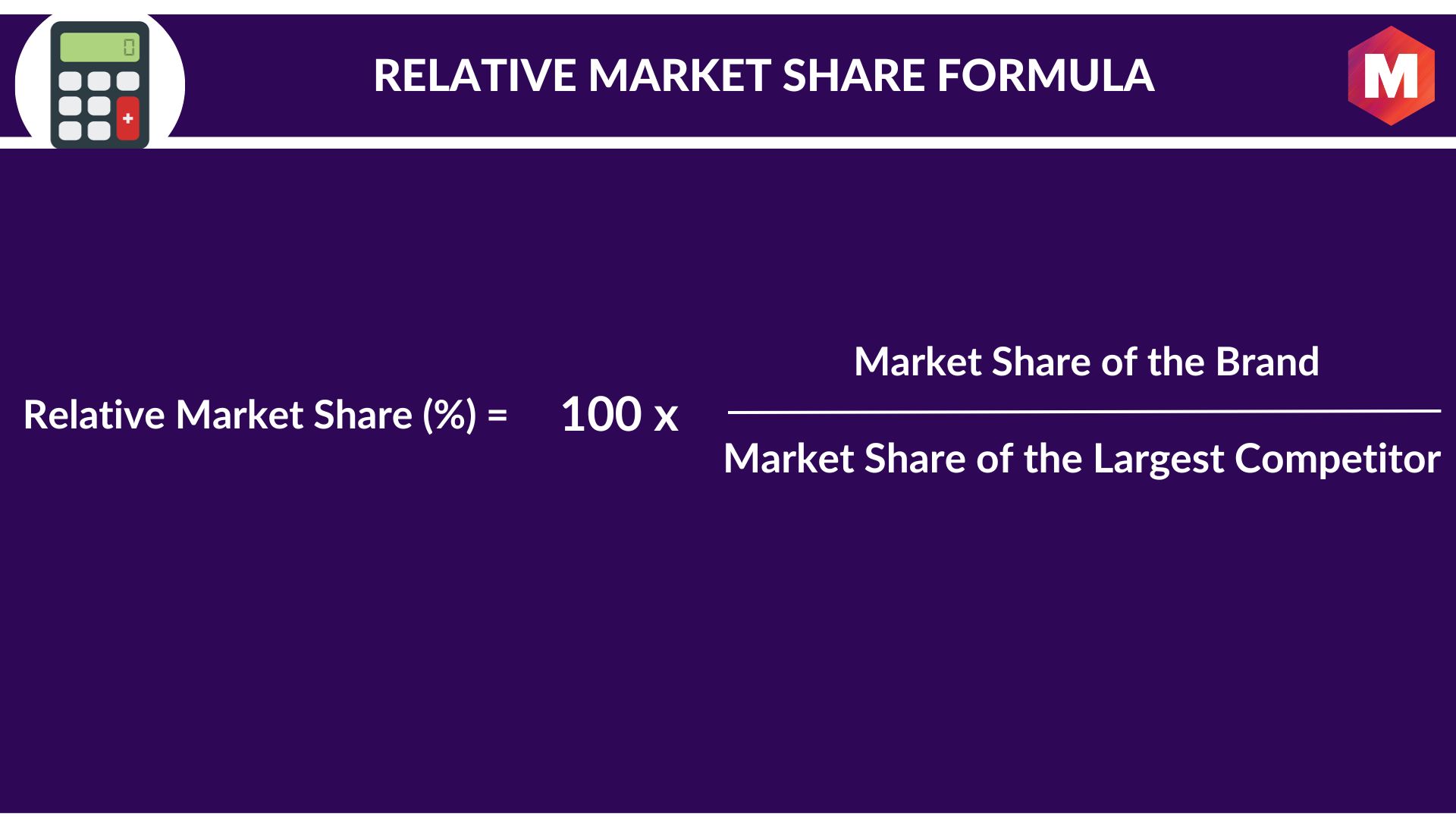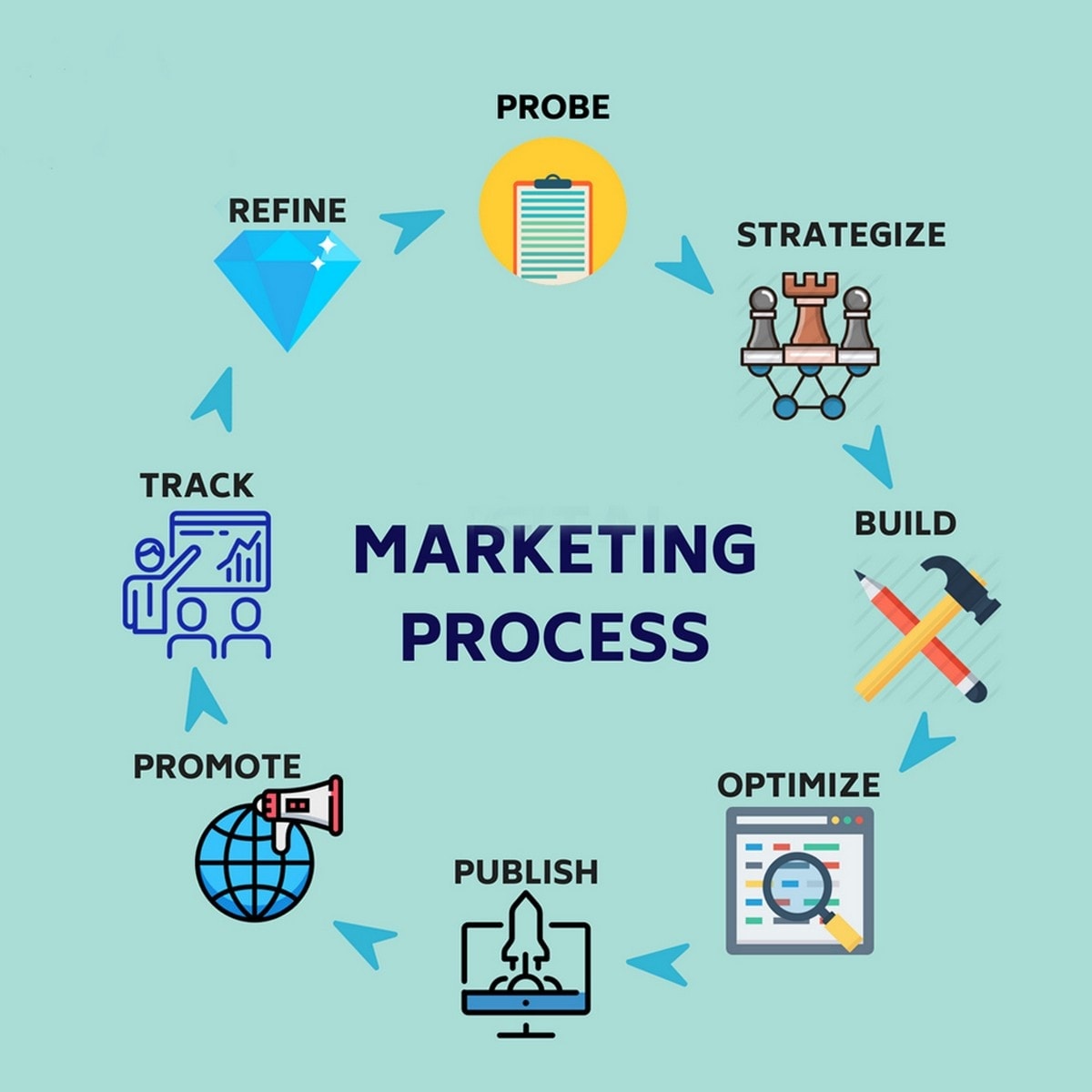Diving into the world of the most expensive chocolates is like stepping into a secret garden of flavors and luxury. These chocolates are not just…
Top 19 Most Expensive Cars in the World in 2025
Welcome to an excellent tour of the world’s most expensive cars! These cars are not just for driving; they’re about feeling great, breaking records, and…
How to use keywords in subheadings to rank better?
When you are talking about creating and formatting in a blog post, then you need to use targeted keywords and make the content interesting to…
Top 14 Most Expensive Coffee in the World in 2025
Let’s jump into the fantastic world of the most expensive coffees! We will show you some of the priciest cups of coffee out there. These…
Top 20 Most Expensive Diamonds in 2025
Ready for a wild ride into the world of the most expensive diamonds? These aren’t just sparkly rocks; they’re the big shots of the bling…
The Top 12 Most Expensive College in the World
Education is the base which helps us to achieve desired targets in life. A good education is not a luxury but a necessity in these…
What are Barriers to Exit for Businesses?
Barriers to Exit are hindrances or barriers that stop a company from exiting a market in which it is considering a closure from where it…
Top 30 Most Expensive Clothing Brands in the World in 2025
In this article, explore the most expensive clothing brands, from high-end brands to custom pieces, and find out why they command such high prices. We’re…
SWOT Analysis of Airbnb (Updated 2025)
Let’s explore the SWOT analysis of Airbnb and understand its strengths, weaknesses, opportunities, and threats. Airbnb has changed how people travel by connecting hosts and…
Top 22 Most Expensive Guitars in the World in 2025
In this detailed article, we list out the world’s most expensive guitars. These are guitars played by famous musicians or sold them for a good…
Top 14 Most Expensive Luxury Brands in 2025
Welcome to a sneak peek into the world of fancy and most expensive brands! Ever wonder why some brands are just so pricey? We’re here…
Top 20 Most Expensive Domain Names in 2025
In this article, you will discover the top most expensive domain names of , revealing the giants of the web and what makes them worth…
Top 11 Most Expensive Drones you can Buy
A drone is defined as an aerial vehicle that does not require a pilot while flying in the sky. Military purposes in combat zones usually…
Top 20 Most Expensive Fish in the world in 2025
In this article, we explore the world’s most expensive fish in , revealing rare and luxury species that command the highest prices. Have you ever…
The Top 16 Most Expensive Dog Breeds in the World
Is canine companionship cheap in monetary terms? No, I do not think so as a good breed costs a staggering amount of money. Do not…
The 20 Most Expensive Handbags in the World in 2025
Hey there! Let’s take a fun peek at the world’s fanciest handbags – these aren’t your everyday bags! Imagine bags so cool, decked out in…
Top 20 Most Expensive Food in the World in 2025
In this article, you will discover the top most expensive foods in , from rare truffles to exquisite caviar, and why they’re the priciest treats…
Top 25 Most Expensive Jewelry in the World in 2025
Ready for an incredible journey through a world filled with shiny and pricey jewels? Imagine sparkly diamonds and gems that tell stories and cost a…
Top 27 Most Expensive Hotels in the World in 2025
Have you ever wondered what the fanciest hotels in the world are like? Let’s take a fun trip together and check them out! Imagine this:…
Top 23 Most Expensive Makeup Brands in the World in 2025
Hey there! Ever wonder why some makeup brands are super pricey? We’re here to chat about those fancy makeup names that promise to make you…
What is Macromarketing? Definition, Meaning, and Examples
Definition of Macromarketing The concept of Macromarketing can be defined as the marketing policies, strategies, and objectives that have an influence on society and the…
SWOT Analysis of eBay
eBay is an American multinational e-commerce industry that was formed during the year 1995 and is headquartered in California, United States. eBay facilitates business to…
What is Opportunity Cost? Meaning, Examples and Calculations
What Is Opportunity Cost? Opportunity cost is the value of the best alternative that was not chosen. It is what you give up when you…
What are Staple Goods? Definition, Meaning and Examples
Definition of Staple Goods The term staple goods refers to those specific consumer goods that are consumed by the people on a regular basis and…
SWOT Analysis of Emirates
Emirates is a popular airline that is based out in Dubai. It was established during the year 1985 and is headquartered in Dubai, UAE. The…
Who are Non exempt Employees? Definition, Meaning and Examples
Definition of Non-Exempt Employees Employees who work as per the FLSA (Fair Labor Standards Act) regulations are defined as Non-Exempt Employees. FLSA decides the minimum…
18 Most Expensive Bikes in the World
Have you come across a genuine bike lover? You will realize that they are crazy about their vehicles. This is a hard fact that guys…
17 Most Expensive Bottle of Water in the World | Most Expensive Water
Water is the elixir of life because one cannot survive without this precious commodity. Fresh drinking water is a necessity and delight as it quenches…
What is Service Strategy? Meaning, Importance and Process
The marketing strategy of service industry focuses on delivering experiences processes and other intangible is to the customers and not physical goods like product industry….
What is Volume Discount?
Definition Volume Discount can be defined as when the business or the brand gives the financial incentives or advantages in order to motivate the customers…
What is Fashion Marketing?
Fashion marketing is a specific type of marketing that focuses on selling clothes, jewelry, and other fashion items. Fashion marketers make ads that appeal to…
Organized Retail – Meaning, Advantages and Examples
Organized retail is a sector which consists of the companies which are associated with production or sales of goods and services that operates as private…
12 Types of Retail Formats – Formats of Retailing
The word retail is derived from French words “re” and “tailer” whose meaning is to “cut again”. retail store works exactly as their name describes….
Top 20 Most Expensive Bicycles in the World in 2025
Hey there! Ready for a wild ride into the world of super fancy bikes? Picture this: bikes that aren’t just for getting around but are…
What is Market Access in International Trade? Examples of Pharma Industry & Others
Market access is the ability of a company to sell its products and services in a foreign market or across borders. For example, pharmaceutical companies…
Media Mix Definition – What is Media Mix?
Definition of Media Mix Media mix is used to refer that the combination of communications channels which is used for the purpose of advertising particular…
What is Relative Market Share? Benefits & Calculation
Definition: Relative Market Share can be defined as the methodology of comparing the brand’s market share against the market share of the competitor’s brand in…
8 Management Skills You Should Have as a Manager
Management skills can be defined as the attributes or abilities that an executive should possess in order to fulfill different tasks in an organization. They…
Definition of Market Aggregation – What Is Market Aggregation?
The term ‘market aggregation’ is used to refer to that marketing process in which a particular product or service is marketed to a large set…
What is Top of Mind Awareness (TOMA)? Definition, Examples & How to Increase It
The concept of top-of-mind awareness can be defined as the first and foremost brand that comes into the minds of customers when prompted about a…








